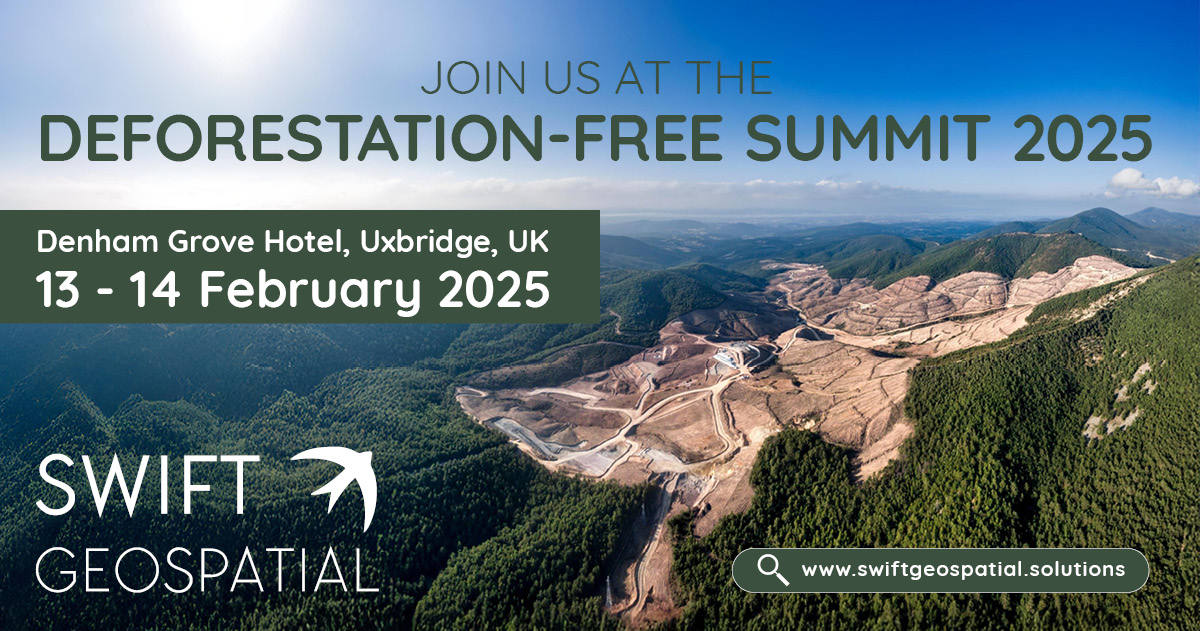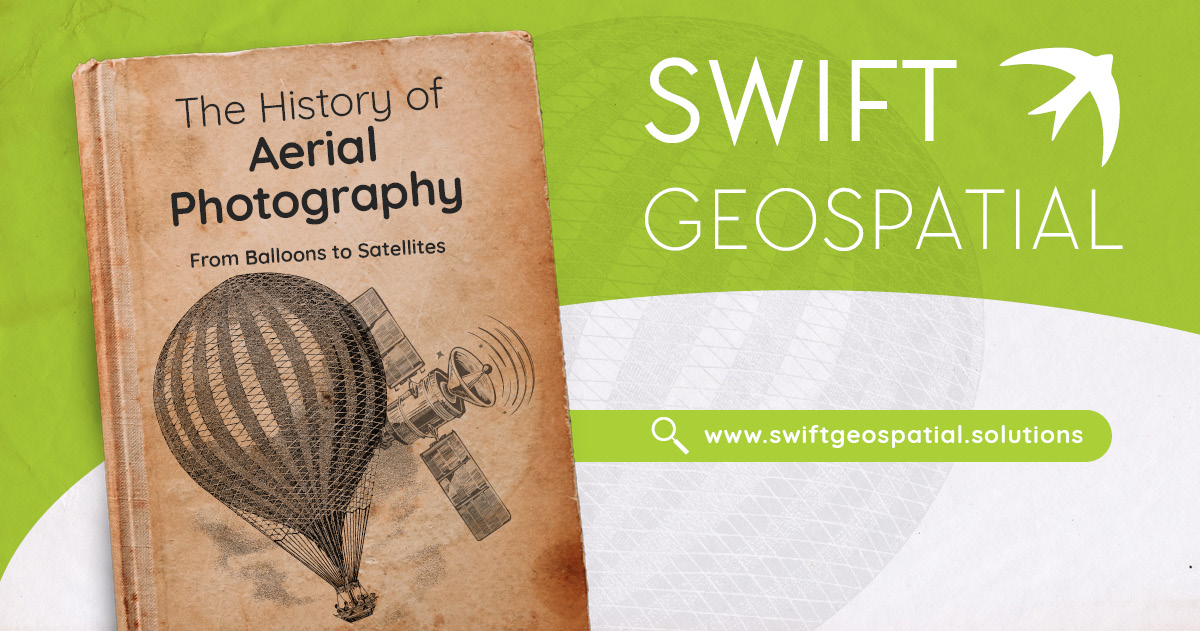
Swift Geospatial are proud to launch their essential forest monitoring and geographic information system (GIS) aptly named, The Geospatial Forestry Platform.
The Geospatial Forestry Platform (GFP), is an initiative two years in the making, tying together the evolution of Swift Geospatial’s forestry monitoring and GIS solutions with the need for more easily digestible information and data in the forestry sector. Developed specifically to improve and modernise the forestry industry, the Geospatial Forestry Platform provides a comprehensive planning and ongoing monitoring solution for farm and plantation forestry.
The goal, according to Michael Breetzke, Founder and Director of Swift Geospatial, is to simply assist growers across the world in being better. “The ability to provide key decision makers in the forestry sector with a larger, more concise data set comprised of applicable information will inevitably lead to greater success in the forestry industry. Which we trust would then have a definitive impact on a multitude of industries across the value chain.”
With their formation six years ago in Pretoria, South Africa. Swift Geospatial have grown their GIS and satellite imagery based remote sensing monitoring client base to almost every corner of the globe. Thriving in the responsibility of monitoring a wide variety of plant species in multiple countries which are critically influential to their industries survival. A firmly held belief for this young company is that modern technology can better help describe the changes on our planet and that information should be more accessible to key decision makers.

Swift Geospatial are joined in their quest to positively affect the forestry industry by Gatsby Africa, who have been an instrumental partner in the creation of the Geospatial Forestry Platform.
Gatsby Africa is a private foundation established by Lord David Sainsbury to accelerate competitive, inclusive, and resilient economic growth in East Africa by demonstrating how key sectors can be transformed. In East Africa, Gatsby Africa works with sector actors across six portfolios, including commercial forestry, to create inclusive opportunities, jobs, improved incomes and reduce poverty.
Their objective is to improve livelihoods by stimulating viable market opportunities and accelerating inclusive and resilient economic growth in the region. Through its Commercial Forestry Programme in Kenya, Tanzania and Uganda, Gatsby Africa facilitates sector actors to catalyse inclusive growth of these sectors and this is delivered through addressing key constraints across the value chain.
A match made in technological heaven.
The Geospatial Forestry Platform is a collection of individual monitoring modules represented and accessible through easy-to-navigate GIS dashboards pulling data and constructing data from high-quality satellite imagery. By providing access to this information, the Geospatial Forestry Platform allows one to better understand their own forestry plantation for maximum effectiveness.
The forestry platform has two entry points for new users: Free and basic modules to get started, which lead to further in-depth paid-for modules. Included in the free modules, the renowned Sentinel Viewer allows users access to 10 metre resolution satellite imagery from the Sentinel 2 satellite. This module provides users with imagery of their areas of interest, a proverbial eye in the sky. Joining the Sentinel Viewer is the site species matching tool (more on that later) and a spatial layers module that allows users to study their area of interest through numerous contextual datasets.
Diving further into the capabilities of the platform, the paid for modules are where it really starts to branch out into a wider spectrum of monitoring solutions. The benefits of the full range of GIS based monitoring modules is articulately presented and explained via their website for all forestry enthusiasts to review.
Before planting comes planning – Using the GFP to its full extent.
It all starts with where. Where are the woodlots? The Forest Mapping and Query Module, the foundation of all monitoring efforts, is an essential cog in the monitoring solution. This critical module essentially aids in keeping track of resources by mapping them in a geographic information system (GIS). With the location of woodlots known, the dynamic use of other spatial data for planning, logistics, and operational purposes becomes possible in additional modules, such as the Road Network Analysis module, which provides users insights for better logistical planning.
The aforementioned Site Species Matching Tool is a powerful Geographical Information System based tool that overlays the growing conditions (based on temperature, rainfall, evapotranspiration, soil types, soil depth and topographic data) with the growing requirements of different species and matches them to different climatic areas. The tool is designed to be a preliminary guide in selection of ecologically suited species to sites, instead of selecting a species and trying to modify the site to suit. With a simple four range suitability legend, analysis is displayed dynamically on your GFP dashboard with georeferenced PDF maps available for download.
Gatsby Africa have placed a large emphasis on this modules ability to benefit the timber industry of East Africa. The decision on which specific plant species to plant in a particular area is a critical determinant of the viability and potential productivity of a commercial forest plantation. The GFP aims to provide growers of all sizes the access to information which supports their decision making, linking species choice to site, determining climate scenarios, as well as end market objectives, is therefore an important function underpinning a competitive, inclusive and resilient commercial forestry sector. Currently, the information and the channels to provide this intelligence are largely lacking or disaggregated and the GFP has been structured to provide free online modules to users that Swift Geospatial believe will allow adopters to see the benefits in the platform through their use.
Take the shlep out of infield stress detection and your forestry monitoring.
Coupling high quality satellite imagery with Esri’s premium mapping, processing, and analytics technology, the GFP takes the view from above and turns into a powerful decision support tool that farmers, growers and investors alike can glean answers from. A good example of this is how it is possible from the eye in the sky to distinguish between different land use types such as agriculture, grasslands, built-up areas and so on and more relevant to this industry, different forestry types. But wait there’ more….
In forestry, monitoring processes and the health of your woodlots is of known importance. As an industry standard, average health status of full compartments is given. However, due to different variations such related to stress, trees in different parts of the compartment may be performing differently. Forestry monitoring and infield stress detection through satellite imagery easily allows one to continuously monitor the health of woodlots as well as changes of extent due to activities such as harvesting. The Forestry Monitoring module will provide ongoing insight into woodlots by making use of satellite imagery provided by Planet (3m) or Sentinel 2 (10m) which is used for analysis.
Count your trees before and while they grow, without a drone or having to be in the field.
The audit of compartments is important for decision makers to know how many trees are in their compartments as well as the stems per hectare for each compartment. The benefits of the GFP allows one to track the number of planted trees in all young compartments up until canopy closure and thus stems per hectare for these compartments. If any die off occurs between counts this is also detected, and imagery is available as either historical imagery or current (newly collected imagery – another available module). With insight provided via identification and location for each tree including the average health of each tree and compartment at the time of image capture. With even the alignment of tree planting and row spacing detected from the satellite imagery available.
The GFP is designed to be of usefulness throughout the lifecycle of a plantation, from planning to planting. Ongoing forestry monitoring modules are useful tools indeed, but what happens in the case of unwanted events such as fire or extreme weather? The “Post Fire Analysis” module allows users to track the extent of the fires damage through high quality satellite before and after comparisons, which will showcase the damage extent and importantly, the health of plantation sectors that have been damaged due to the heat that potentially could showcase signs much later to the naked eye.
Growing a better forestry future through technology.
With dashboard modules that provide an overview of your areas of interest and their surroundings, you’ll begin the journey to sustainability by making informed decisions about your current and planned forestry projects.
The teams behind the GFP want to enable the inclusion of commercial markets and engage with farm and plantation forestry to manage sustainable supplies of timber. and ultimately to increase efficiency and production of the timber industry in operating countries. It is possible for growers to know where to plant, predict future climate patterns and trends, monitor tree assets, and allow processors to plan, track and manage a disaggregated forest supply base among other features.
GFP is therefore one of the tools that will contribute to unlocking the latent potential in commercial forestry, by providing timely and relevant information for decision-making and you can learn more by visiting their website at www.forestryplatform.com and following their social media accounts, which promise to be an enjoyable follow for anyone interested in forestry.
To quote Mr Breetzke once again, “We are aware that positive adoption of the platform will have a significant effect on its ongoing success. With such an exciting product, and with further modules planned in the future, we are thrilled to officially launch the GFP and get started at actively spreading the awareness of our forestry platform through strategic, informative, and educational social media and marketing campaigns”,
The official launch of the Geospatial Forestry Platform will take place in Nairobi, Kenya on the 15h of November 2022 with the event planned to showcase the platforms applications to the East African forestry community. With Keynote speaker Arthur Goldstuck, an award-winning writer, analyst, and technology commentator who also writes a weekly trends column for Business Times in the Sunday Times. He will be joined by a panel of experts in the Forestry field keen to discuss their views and hopes for the platform’s success.




